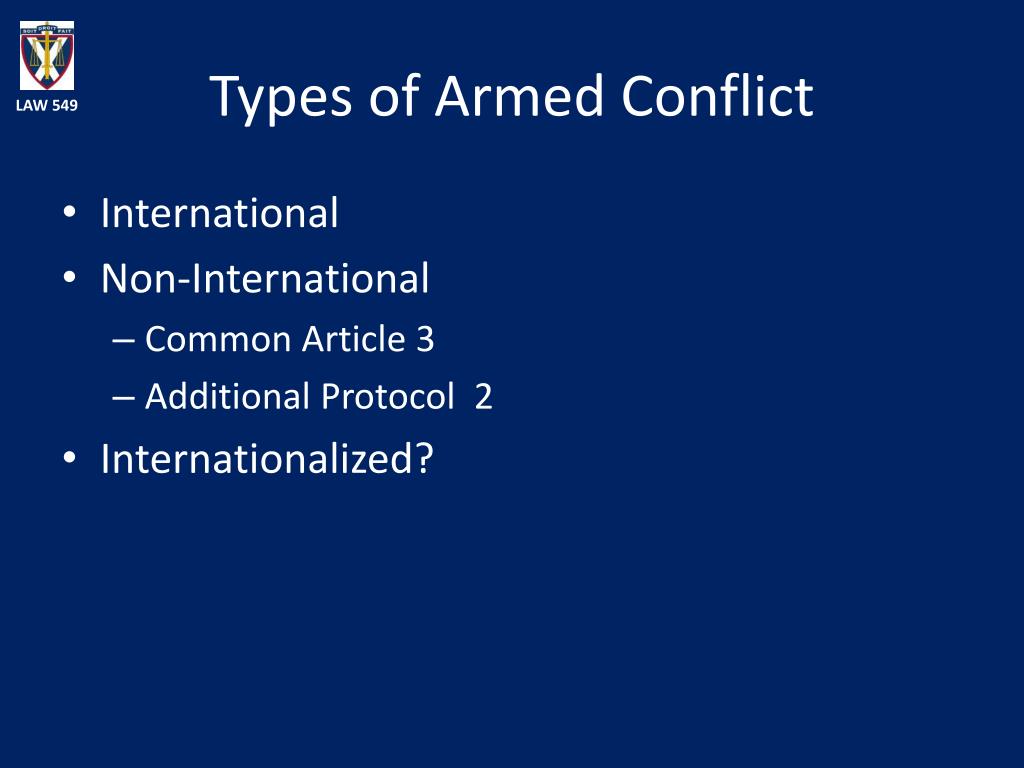

The conflict view mixes the outcomes of two models. This allows the researchers to use both conflict dynamics and news information when forecasting conflict. By combining natural language processing, location detection and supervised machine learning the authors exploit the information contained in millions of news articles and connect it to the grid-cells. The method divides the world's surface into more than 65,000 squares and tracks the conflict risk for these locations in monthly updates. This prevention view, which disregards the most violent ongoing armed conflicts, allows users to enter into a mindset of preventive effort in which policy efforts don't need to rely on armed interventions.Ī new technology, developed for the web page, allows the prediction of outbreaks and continuation of violence at the sub-national level, the so-called grid-cell level, at an unprecedented level of precision. Tracking risks before the first outbreak of conflict is particularly important to the researchers.

The researchers hope that by measuring escalating risks and publicizing them, preventive policies can be improved and tested. All too often attention only shifts to a country once violence has already broken out. was developed with the motivation to help prevent the outbreak of new internal armed conflicts (civil wars). Most importantly, the researchers have now added a sub-national view that shows outbreak and conflict risks for grid-cells all around the world.Īs the world watches the horrors of the war in Ukraine, the motivation to prevent more wars should be as high as ever.The prevention view allows users to focus on our forecasts for countries without an ongoing armed conflict.The conflict view shows outbreak risk for countries without internal armed conflict and escalation risks for countries with an ongoing conflict.The webpage now includes forecasts of conflict risk for more than 65,000 locations in the world. Users of the webpage can now switch between three different views: Their method has benefitted from more than 8 years of research, published in the American Political Science Review, the Journal of the European Economics Association and International Interactions. Hannes Mueller (IAE-CSIC and BSE) and Christopher Rauh (University of Cambridge) have relaunched, a site that provides forecasts for outbreaks of violence and escalations into armed conflict.


 0 kommentar(er)
0 kommentar(er)
